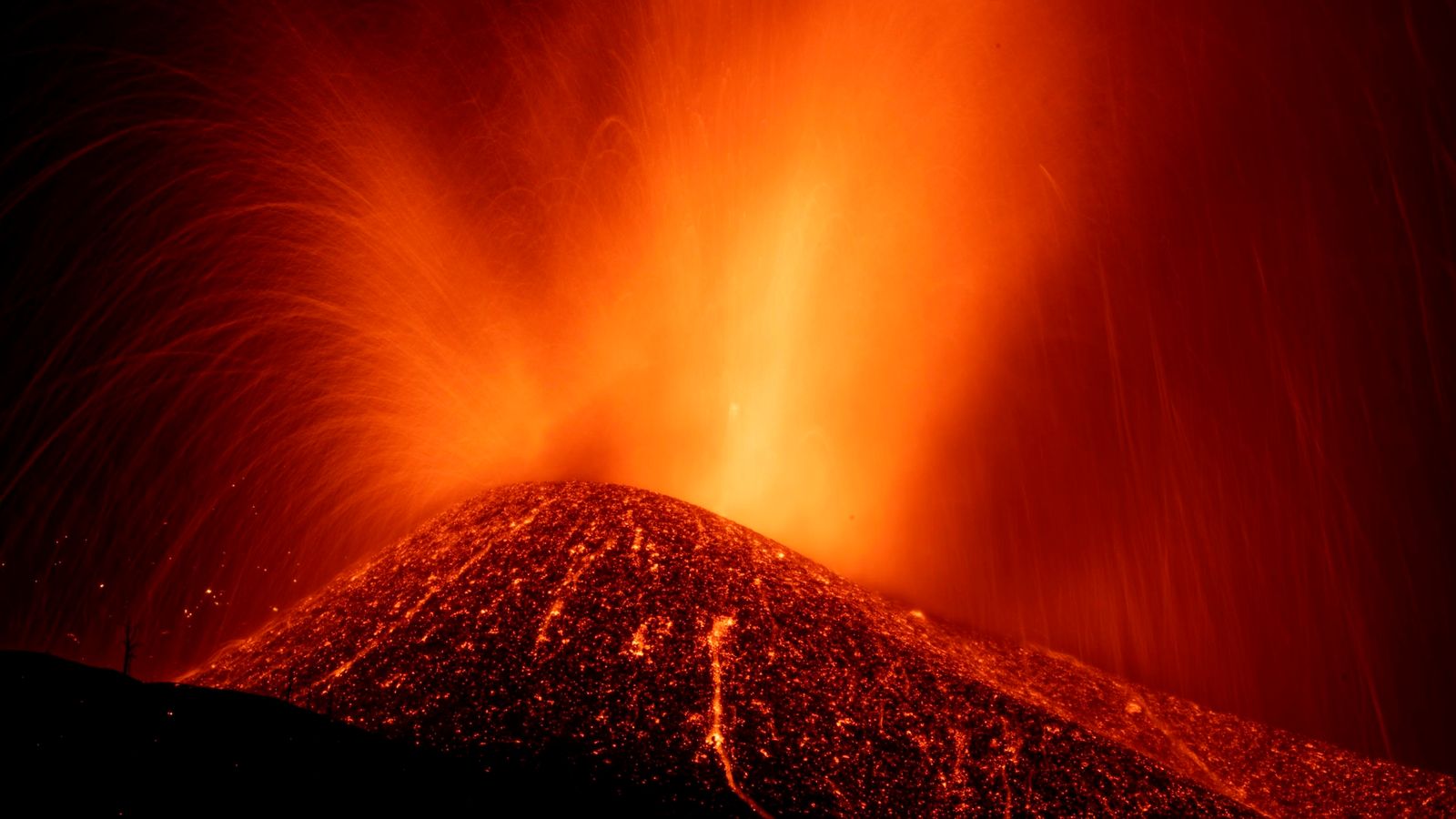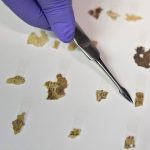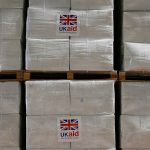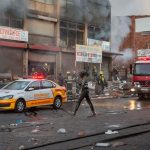Thousands of people have been forced to leave their homes to escape rivers of lava cascading from La Palma’s erupting volcano.
But 160 of them will now be allowed to return, after local authorities said their houses were no longer in the path of the molten streams moving down the side of the Cumbre Vieja volcano range.
The rest of the evacuees will have to wait, including Eliza Gonzales.
I met her at an improvised animal sanctuary on the island. She had come to see her dog Luna. They’ve been separated for days.
Ms Gonzales was told she had to leave Luna behind when she fled her home.
Thankfully the rescue centre called to tell her they had saved Luna. But the reunion is bittersweet. Ms Gonzales is staying in temporary accommodation and no dogs are allowed.
La Palma volcano: Canary Islands eruption could last for three months, experts say
Body found in bag in sea off Tenerife confirmed as missing girl Olivia Gimeno taken by her father
Gran Canaria: British pilot among four killed after car falls 250ft into ravine – reports
Please use Chrome browser for a more accessible video player
“It’s very bad,” she says.
Luna will be fostered while Ms Gonzales waits to go back home.
“I’m happy there are good people that offered their houses for the dogs to stay in and be calm.”
There are several dogs at the sanctuary, waiting for their owners to come for them. They all bark whenever someone new arrives.
But the centre can only care for abandoned animals. Those who were badly injured during the eruption have to be taken for specialist care.
Please use Chrome browser for a more accessible video player
They rescued a goat whose udders were severely burnt and took it to the vet, hoping it can recover from its wounds.
Scientists say the pressure inside the volcano has decreased, but that doesn’t mean the eruptions are about to stop.
The experts can’t predict when the explosions of lava will end, they think it could last till December.
With each day that passes, people are becoming more desperate.
Ernesto de Paz Perez is a banana farmer. The plant is known as “plátano” here, they are slightly smaller than bananas from Latin America.
Mr de Paz Perez, 75, started working on a plátano farm when he was 14.
La Palma depends on the fruit for around half of its economic output.
But the volcanic dust is damaging the fruit’s skin and farmers fear they won’t be able to sell their produce to supermarkets.
The eruption has also cut off the water supply to Mr de Paz Perez’s plants.
“If it [the eruption] keeps going for a long time it will cause a lot of damage. If the plátano fields are not watered we will lose them. There will be many losses,” he said.
Elsewhere on the island they’re trying to get back to normal. The airport is open after closing because of an ash cloud, but flights haven’t immediately resumed.
The whole of La Palma just wants to repair and return to how their lives were before the volcano erupted, but when that will be, no one knows.






















